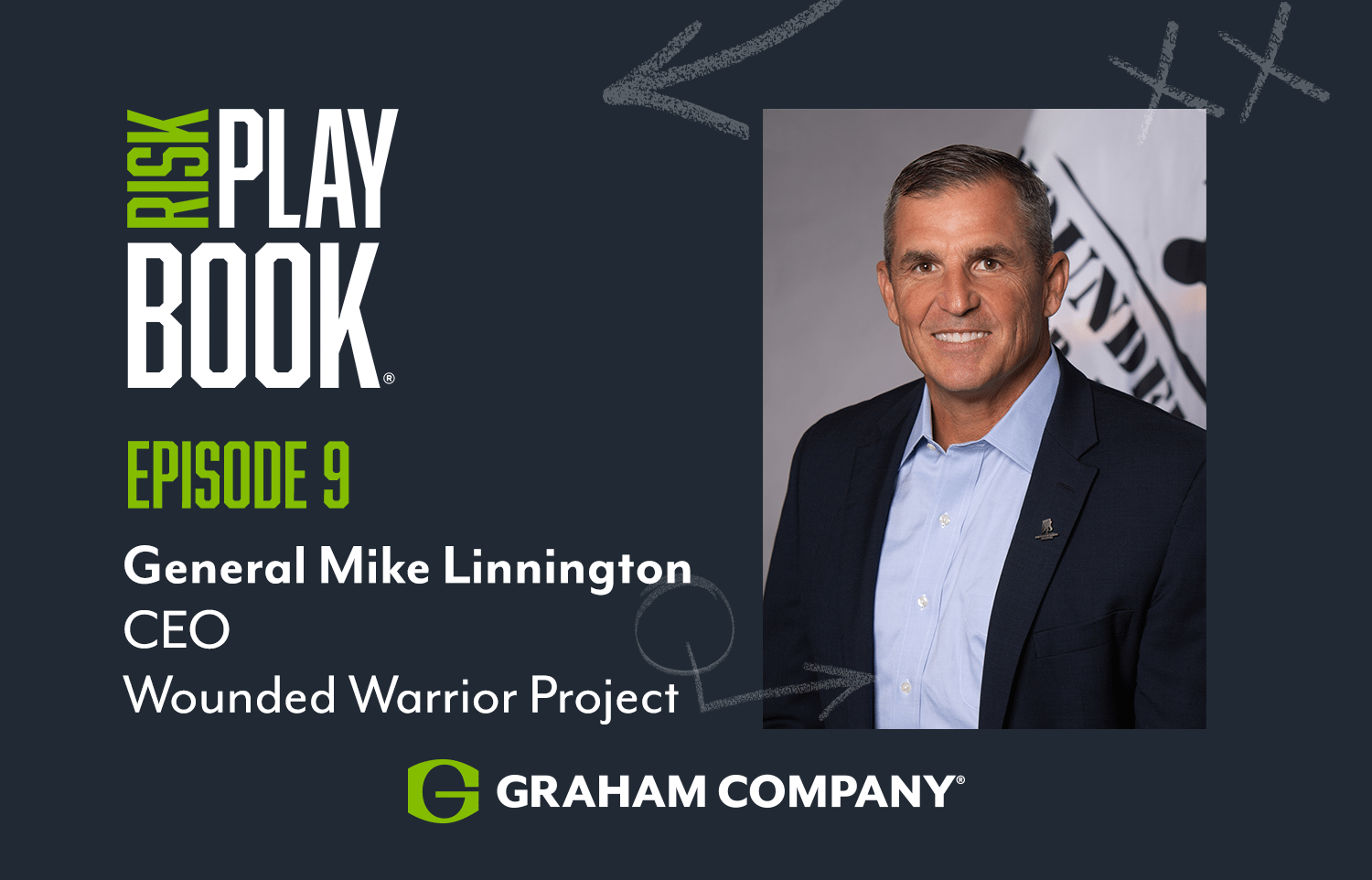Determining property value for property insurance coverage purposes can be challenging. There are many factors to consider. Property owners of all types and real estate CFOs in particular are well aware of this struggle for accuracy, and they often incorrectly base the value of their properties on market value, as opposed to the current real estate replacement cost. This can be a huge problem because the market value of a building can be greater or less than the cost to replace the building, especially when you factor in current construction costs and codes, among other factors.
Don’t Sell Yourself Short
If you undervalue your property, you’re creating two major problems for your company. First, undervaluing a property can result in inadequate limits. In other words, the limits on your insurance policy won’t be enough to pay for a total loss. So, if you use the market value to determine property value and it’s less than the total replacement cost, your insurance policy will only cover a portion of the real cost to restore your property. Second, some brokers provide their clients with policies that contain co-insurance provisions, which can also reduce the amount of coverage your policy provides, even if the loss is less than the limits on the policy.
What You Can Do
The good news is you’re not alone in this process. To make sure you have proper coverage for your real estate, work with your broker on determining the accurate replacement cost of your building(s) and other property. Once this is complete, you should also confirm that your broker doesn’t allow policies to be issued with co-insurance provisions. Taking these two steps will go a long way in making sure you have the protection you need when you need it.

Philadelphia, PA, 19102







